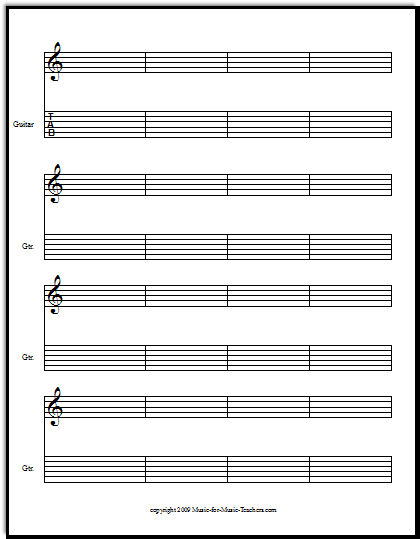

When music on two staves is joined by a brace, or is intended to be played at once by a single performer (usually a keyboard instrument or harp), a grand staff ( American English) or great stave ( British English) is created. įour-part SATB vocal settings, especially in hymnals, use a divisi notation on a two-staff system with soprano and alto voices sharing the upper staff and tenor and bass voices on the lower staff.Ĭonfusingly, the German System (often in the combined forms Liniensystem or Notensystem) may refer to a single staff as well as to the Akkolade (from the French) or system in the English sense the Italian term is accollatura. When more than one system appears on a page, often two parallel diagonal strokes are placed on the left side of the score to separate them. In some cases, a brace is used for this purpose. Sometimes a second bracket is used to show instruments grouped in pairs, such as the first and second oboes or first and second violins in an orchestra.

A brace is used to join multiple staves that represent an instrument, such as a piano, organ, harp, or marimba. A bracket is an additional vertical line joining staves to show groupings of instruments that function as a unit, such as the string section of an orchestra. A clefless staff may be used to represent a set of percussion sounds each line typically represents a different instrument.Ī vertical line drawn to the left of multiple staves creates a system, indicating that the music on all the staves is to be played simultaneously. Once fixed by a clef, the notes represented by the positions on the staff can be modified by the key signature or accidentals on individual notes. The interval between adjacent staff positions is one step in the diatonic scale. For example, the treble clef puts the G above middle C on the second line. The clef identifies a particular line as a specific note, and all other notes are determined relative to that line. Which staff positions represent which notes is determined by a clef placed at the beginning of the staff. Notes outside the range of the staff are placed on or between ledger lines-lines the width of the note they need to hold-added above or below the staff. The notehead can be placed with its center intersecting a line ( on a line) or in between the lines touching the lines above and below ( in a space). The vertical position of the notehead on the staff indicates which note to play: higher-pitched notes are marked higher on the staff. Unlike a graph, however, the number of semitones represented by a vertical step from a line to an adjacent space depends on the key, and the exact timing of the beginning of each note is not directly proportional to its horizontal position rather, exact timing is encoded by the musical symbol chosen for each note in addition to the tempo.Ī time signature to the right of the clef indicates the relationship between timing counts and note symbols, while bar lines group notes on the staff into measures. Pitches of notes are given by their vertical position on the staff and notes are played from left to right. The musical staff is analogous to a mathematical graph of pitch with respect to time. The lines and spaces are numbered from bottom to top the bottom line is the first line and the top line is the fifth line. For example, the treble clef, also known as the G clef, is placed on the second line (counting upward), fixing that line as the pitch first G above " middle C".

The absolute pitch of each line of a non-percussive staff is indicated by the placement of a clef symbol at the appropriate vertical position on the left-hand side of the staff (possibly modified by conventions for specific instruments). Musical notes are placed by pitch, percussion notes are placed by instrument, and rests and other symbols are placed by convention. Appropriate music symbols, depending on the intended effect, are placed on the staff according to their corresponding pitch or function. In Western musical notation, the staff (US) or stave (UK) ( plural for either: staves) is a set of five horizontal lines and four spaces that each represent a different musical pitch or in the case of a percussion staff, different percussion instruments.


 0 kommentar(er)
0 kommentar(er)
